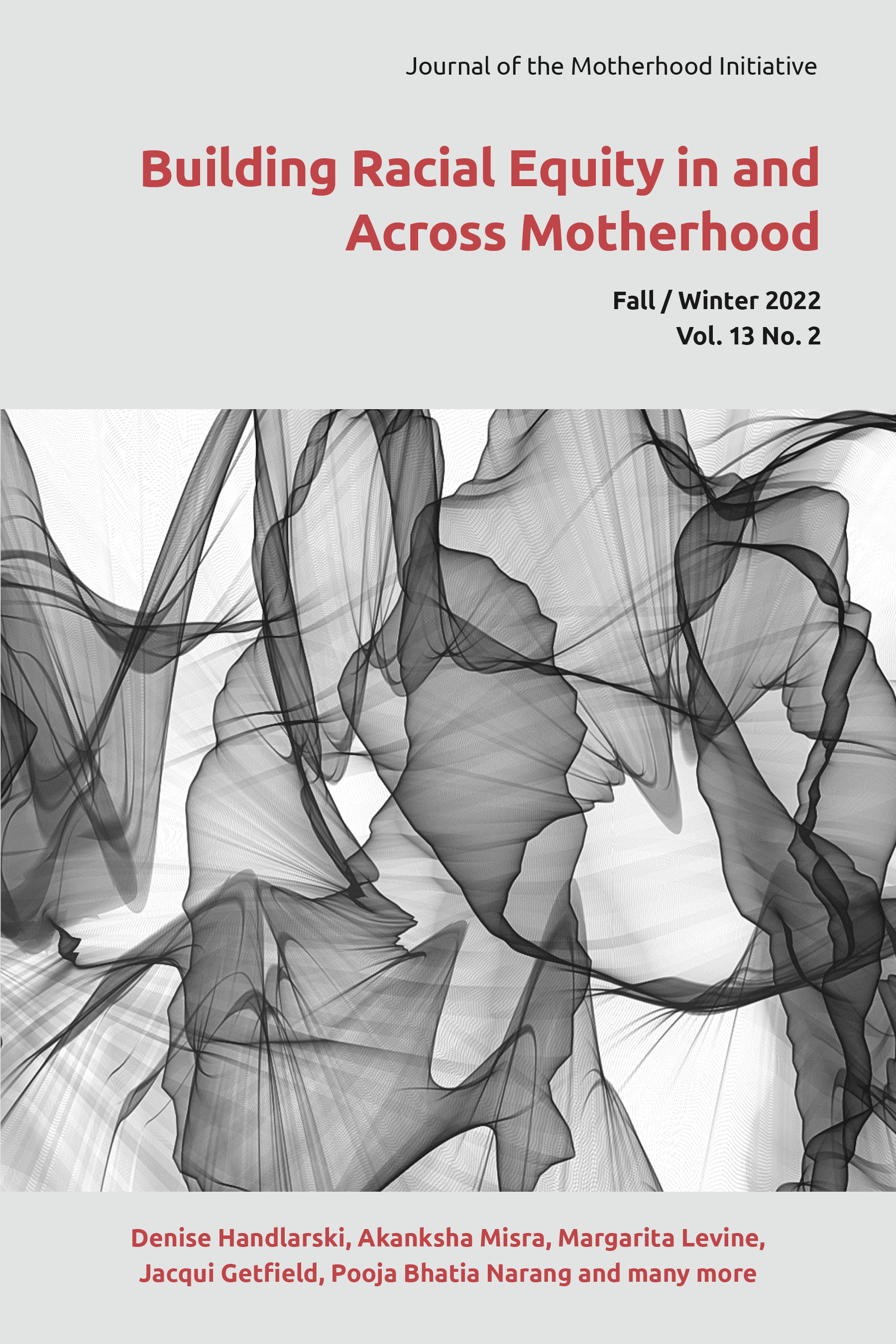“Sisters in the Struggle”: Can Postmodern Dance Make Space for Dancer Parents?
Abstract
Forged in the wake of the antiestablishment and antibourgeois movements of the 1960s, postmodern dance in the United States has long prided itself on its nonelitism and its inclusivity of dancer body types and life experiences. However, even today, the postmodern professional dance world is particularly unhospitable to dancers with children and dancers who are pregnant. In this article, I describe a meeting between female dancers with dependents who were grappling with how the dance world might make room for dancer parents. In this meeting, they were offered the challenge to become “solidarity for themselves” and to carve out spaces together to make dance culture more parent centred, or at least more parent friendly. I discuss why this challenge was met with apprehension and skepticism by some professional dancers with children and why matters of dancers’ and choreographers’ race complicated their conversations about maternal rights and dance professionalism. I proceed to discuss how some dance communities (especially those of colour) have created their own systems of pre-, ante- and postnatal care within their professional dance spaces, which fully avoid allopathic medicine and rely instead on webs of somatic practitioners and their own body intuition to monitor and optimize their health. For example, dancers become trained as doulas and organize community meetups and movement classes, in which individuals can enjoy a safe space and are encouraged to represent their personal experiences through their moving bodies. I interpret this culture making through dance as an important intervention in healthcare as well as in the postmodern professional dance world.
Downloads
Published
How to Cite
Issue
Section
License
All intellectual property in relation to material included on this site belongs to the Motherhood Initiative for Research and Community Involvement (MIRCI). All material on this site is protected by Canadian and international copyright and other intellectual property laws. Users may not do anything which interferes with or breaches those laws or the intellectual property rights in the material. All materials on the Motherhood Initiative for Research and Community Involvement (MIRCI) are copyrighted and all rights are reserved. Any reproduction, modification, publication, transmission, transfer, sale, distribution, display or exploitation of the information, in any form or by any means, or its storage in a retrieval system, whether in whole or in part, without the express written permission of the Motherhood Initiative for Research and Community Involvement (MIRCI) is prohibited. Please contact us for permission to reproduce any of our materials. This site may include third party content which is subject to that third party's terms and conditions of use.


